Have you ever been lucky enough to set your eyes upon the rarest cat in the world? I am very privileged to be able to walk past two of these special cats every single day, and hope that someday in the future I'll be able to see their cubs grow should they breed. With a population of less than 70 individuals in the whole world, this species truly deserves to feature on my Endangered Species series.
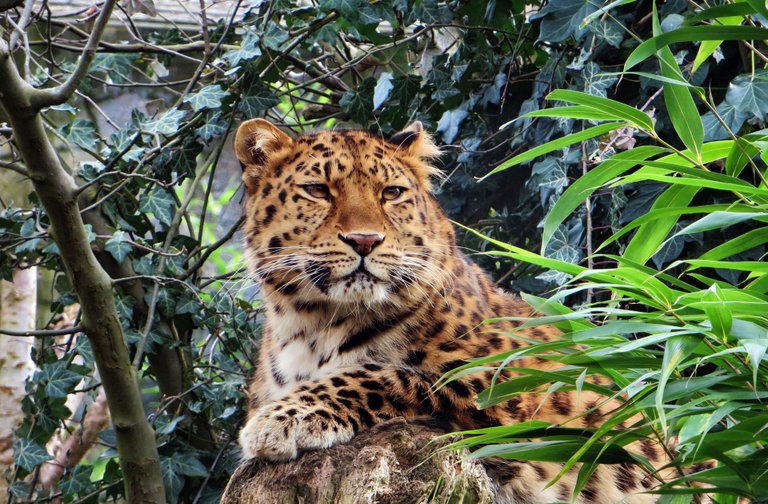
Description
Amur Leopards are one of nine Leopard subspecies, unlike their relatives the Amur Leopard is the only Leopard frequently present in colder regions and is well adapted to life in a region that experiences regular snowfall and sub-zero temperatures.
Russia’s Far-East goes through large temperature swings when transitioning through summer and winter, due to this factor the Amur Leopard gains a much better suited summer coat to cope with the rising temperatures, the summer coat grows to roughly 2.5Cm long and is less dense meaning the Leopard faces very little issues with body temperature regulation, the coat is also much brighter with more vivid markings.
When compared with other subspecies of Leopard, the Amur Leopard has slightly longer legs in ratio with their body size, it is believed that their longer legs allows them to be more mobile in deep soft snow, this allows the Leopard to pick a territory and stay there throughout the seasons.
They are quite small in comparison to other subspecies of Leopard and often grow to sizes no larger than 96-136Cm in length with a tail slightly shorter than the length of their body. Females are marginally smaller than males and weight on average between 25-42Kg, with males averaging out at 32-48Kg.
As prey can be scarce the Amur Leopard is reliant on an incredibly adapted and fine-tuned sense of smell and eyesight, they are capable of picking up the faintest of scents and can view potential prey from up to 1 mile away, this often leads to Leopards choosing to patrol from high ground to more easily locate their next meal, they are also docile animals and focus largely on conserving their energy, thus they are capable of lasting up to 25 days without a meal.
In the wild data tagging has shown that Amur Leopards are capable of reaching ages of up to 15 years old, this is only marginally less than that of captivity which on average is around 20 years old, this highlights the resilience of wild populations and their ability to adapt to a changing environment with reduced feeding opportunities, it is currently believed that the increasing Tiger population within the Amur Leopards reduced territory may impact the average survival of both Feline species as the competition for prey escalates.Habitat & Hunting Behaviours
Amur Leopards are highly adaptable animals and are most commonly found in temperate forest locations, so long as the habitat provides food and cover the Amur Leopard will likely be able to survive.
Currently it is thought that the Amur Leopards distribution is limited to only the forestlands of Eastern Russia and North-East China, these locations experience incredibly harsh winters with heavy snowfall but is also liable to hot summers meaning their territories experience large temperature swings annually.
An Amur Leopard begins stalking its prey just as the sun is setting, they may wait several hours during the hunt whilst waiting for the opportune moment to strike, whilst stalking they will regularly only step in their prey’s footprints to reduce sound generated through movement, most strikes are attempted when the prey is less than 10 meters away though the Leopard may wait for an even closer target providing the territory it’s in provides ample cover.
When striking the Amur Leopard is capable of quickly reaching speeds of up to 37 Mph and leaping up to 6 meters horizontally, when striking from close range the hunts have a high success rate as the Leopards are more than capable of overpowering their prey once they have them within their grasp. Despite being Apex predators in their region they are frequently targeted by scavengers, therefore Amur Leopards choose to drag their kills to a safe location, often up a tree, to ensure that they benefit the most from the kill.
Prey can be sparse during the winter months of Eastern Russia and North-East China, this leads to the Amur Leopard having a large hunting territory that it will defend from other Amur Leopards if confronted. Kill competition between even two Amur Leopards in one territory could result in the starvation of an individual as there may only be a handful of kill opportunities throughout the winter season, this is another reason for the Amur Leopards dwindling numbers as their effective territory is shrinking they are more frequently hunting within another Leopards territory.Whilst most Leopards brave the winter months of their territory, some individuals choose to follow the migratory path of their Ungulate prey, this results in year-round hunting opportunities without experiencing a reduction in prey due to snowfall, this also results in the Leopards requiring a much smaller territory, as such it is becoming increasingly common that Amur Leopards are choosing areas with Deer farms as ideal hunting territory.
Social Behaviour & Reproduction
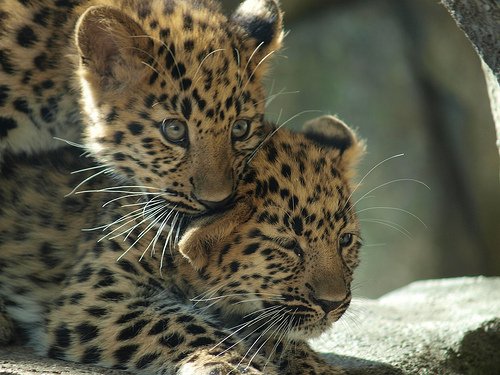
Aside from a mother and her Cubs, Amur Leopards are entirely solitary animals as adults and will not willingly share their territory with other individuals. To claim territory, they will consistently pace their borders and Scent mark with their Urine which is a similar trait observed in all Feline species (including domestic Cats), this act of scent marking is also the only reason why such a small number of animals are capable of successfully finding a mate to Breed.
Once a female Amur Leopard enters Oestrus her Urine will contain pheromones that will signal males that she is ready to breed, scent marking alone may not be enough of a signal to lead the males to her so she will also begin vocal calls to attract the males to her location. The vocal calls of an Amur Leopard are capable of carrying for several miles and once heard the males will call back to her, at this point the female will hold her location and wait for her suitors to arrive, once found if more than one male is present they will fight for their right to breed with her until the more dominant male is victorious.
The male will then stay with the female and mate with her throughout her Oestrus cycle which normally lasts between 10-18 days, once the cycle has ended the male will return to his former territory and he will likely never return.
The gestation period for the female takes between 90 and 105 days and breeding often occurs during December/January meaning most cubs are born in April, she will give birth to a litter of 1-4 Cubs who are born completely blind, the Cubs will not open their eyes for 7-10 days and will not take their first steps for at least 14 days, this would make the Cubs easy targets for predators so to avoid this the female lives within a Den for the first two months of the Cubs lives.
They are reliant on their mother’s milk for the first 2 months until they emerge from the Den and begin to eat meat sourced from their mother’s kills. The weaning process begins at 3 months though the mother will lactate for up to 6 months which can help young Cubs if prey is scarce. After 3 months they will begin to observe their mother’s hunting
habits which will allow them to eventually become independent at around 18-24 months of age where they will venture out together away from their mother for one more year, after which the juveniles will separate and claim their own individual territory.Although, some female juveniles have been observed to stay with their mother for up to three years, this has led some researchers to believe that female Amur Leopards are not against sharing territory with their offspring providing the offspring is female, and that the independence process may be dictated by whether or not the female Amur Leopard enters Oestrus again, an older female could in theory choose to share its territory indefinitely if her viability for breeding has ended.
Threats
The Amur Leopard is threatened with extinction and is classified by the IUCN Red List as Critically Endangered for many different reasons, with habitat destruction, human conflict and prey depletion being the leading factors. These cats require a much larger territory than other species to find sufficient food as a result they are highly susceptible to habitat loss, degradation or fragmentation.
Bushmeat Snaring: Snaring is not directly aimed at the Amur Leopard, they are set to catch prey species such as Sika deer but this does not stop the Leopards becoming caught within snares. Sadly, once they are caught they are then killed, skinned and sold on the black market. For their prey such as Sika Deer and Roe Deer, they are heavily hunted by surrounding villagers for food and also money.
Illegal wildlife trade: Every year there are millions of plants and animals caught/harvested from the wild that are then sold through the avenues of illegal trade thus threatening the survival of many endangered species. Populations of species have declined by 40% between 1970-2000 and is the second biggest threat to Carnivore survival. The Amur Leopard is poached for its fur which on average sells for around $1000 on the illegal black market.
The Amur leopard is poached largely for its beautiful spotted fur. In 1999, an undercover investigation team recovered a female and a male Amur leopard skin, which were being sold for US$ 500 and US$ 1,000 respectively sourced from the village of Barabash, close to the Kedrovaya Pad reserve. This suggests that there is a market for such products within the locality itself.
Agriculture and villages surround the forests where the leopards live and as a result, the forests are relatively accessible making poaching a bigger problem than elsewhere. Not only for the Leopards themselves, but also for important prey species, such as Roe Deer, Sika Deer and Hares, which are hunted by the villagers both for food and hard cash.
Human conflict: Human-animal conflict is one of the main threats to the survival of Carnivores all over the world. Animals are rapidly losing their habitat and the species they predate on, and with the increase of farming livestock with the decrease in their natural habitat has resulted in the predation of livestock and retaliation by herders. The Amur Leopard for example is vulnerable in the Russian Far East due to farmers raising captive Deer for human consumption and Antlers for Asian medicine. As deer are a natural prey species for Leopards and there is a current absence of wild prey, the Leopards then go in search of food with the owners protecting their livestock and thus eliminating Leopard.
Habitat destruction: Habitat loss is one of the greatest threats to Carnivores and other species worldwide. Forests are disappearing through intense farming of timber, wood for fuel and other forest products as well as overgrazing. During the 1990s 94 million ha was lost with 70% of the deforested areas converted into agricultural lands that are still being removed 10x faster than what could potentially grow back. Approximately 80% of the Amur Leopards territory has disappeared within the last 13 years.
Population Size and Inbreeding: Due to the small population size, it makes for the Leopard to become vulnerable to catastrophes such as fire or disease, and to inbreeding due to variations in birth, death rates and sex ratios, for example cubs born for two years could be male. It has been observed that father-daughter and sibling mating’s have occurred that has led to genetic problems such as a reduction in fertility. These mating’s do occur naturally in large cat populations however in a small population there is no possibility of outbreeding these defects. Risks within inbreeding can cause genetic fertility problems, decrease the overall health of the Cat and also decreases their fitness and ability to survive the harsh climate. It has shown through various studies that the number of Cubs that have been born to an adult female has fallen to 1 in 1991 from 1.9 in 1983.
Prey depletion: They are increasingly having to share their food with much larger cats such as the Amur Tiger, however the prey scarcity is a threat to both big cats and it is unlikely to continue to sustain the populations within these areas. It is likely that the prey populations can recover if the current population is regulated and measures are in place to limit poaching. The Amur Leopard can survive long term if the prey populations are able to recover within its former range.
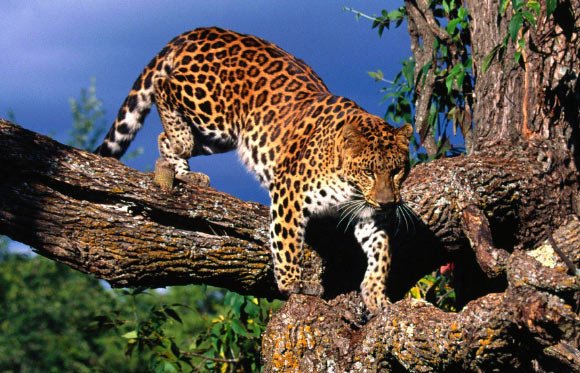
Conservation Strategy and Reintroduction of the Amur Leopard
The Amur leopard is one of eight subspecies of leopard found only in the Russian Far East and North-East China with fewer than 70 individuals left in the wild. Subsequently this makes this species one of the worlds most endangered big cats listing them as Critically Endangered by the IUCN and given CITES Appendix I for protection.
Release sites of the Leopards will take place in the Lazovsky Nature Reserve in Southern Sikhote Alin, an area where Leopards disappeared 30 years ago with no known cause however the area has improved since that time and has an increased population of suitable prey – the sika deer. Construction has recently finished at Highland Wildlife Park on a large facility that has enclosed some of the highland habitat and will not be on show to visitors. Leopards used as a founder group for the in-situ breeding will be obtained from the Far Eastern leopard EEP, from EAZA zoos and from the Far Eastern leopard SSP from AZA zoos.
The aim is to provide suitable Leopards for in-situ breeding and the subsequent release of the cubs into the wild. The off-show breeding complex for the Amur Leopard will allow for the raising of Leopard cubs that are not familiar with humans. Currently a male born in Tallinn Zoo Estonia and a female born at Twycross Zoo England, have been paired in hope they will produce Cubs within the next year. This would mean that those Cubs would be sent out to Russia in 2018 to join their reintroduction site with the overall plan to fully release them into the wild.How you can help

As with the majority of the animals that will feature on this series, to help save them is to aid in the supporting of conservation projects and donate vital funds to saving this remarkable species. 100% of the donations raised through The Amur Leopard and Tiger Alliance (ALTA) go directly into projects saving the Amur Leopard and the Amur Tiger from becoming extinct
http://www.altaconservation.org/donate/get-involved/
If you enjoyed this edition of Endangered Species you may be interested in my previous post:
Content Sources
1, 2, 3, 4, 5, 6, 7, 8, 9, 10, 11

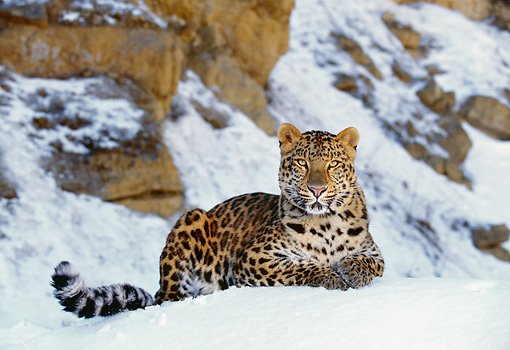
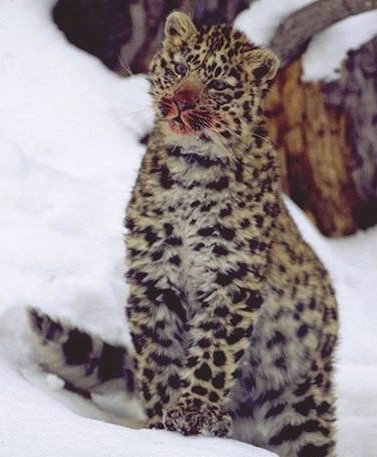

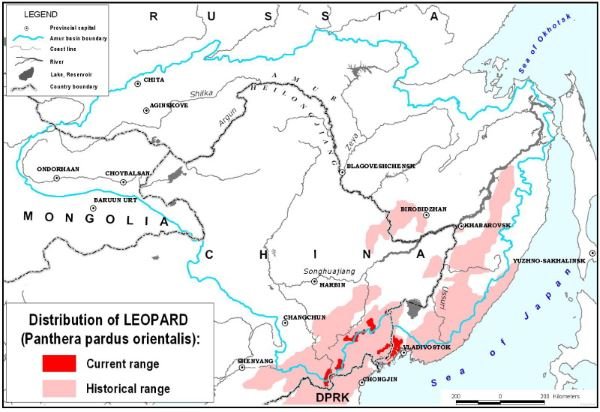
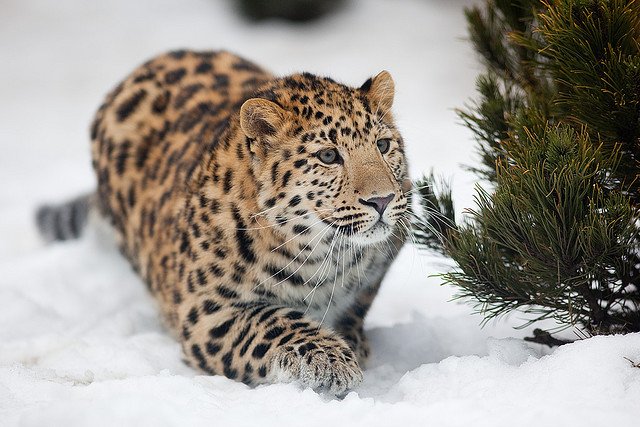
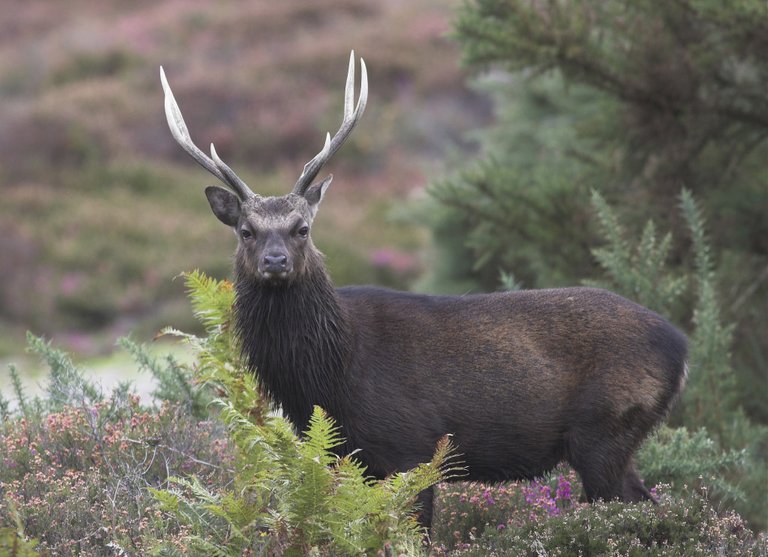
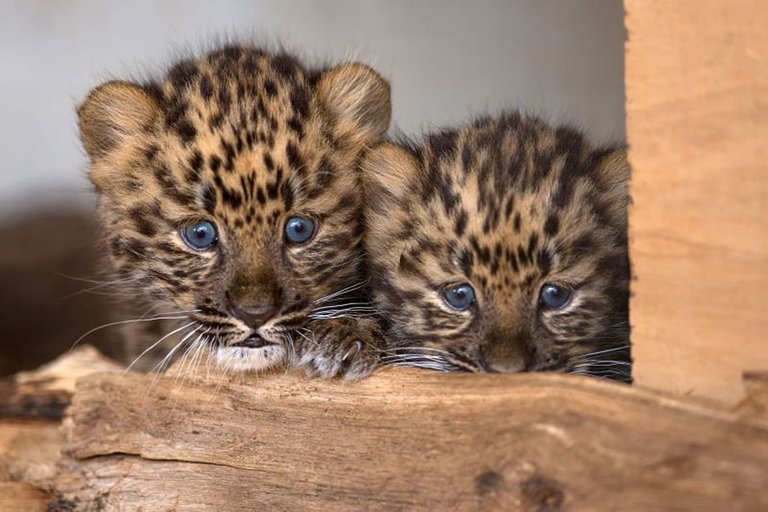
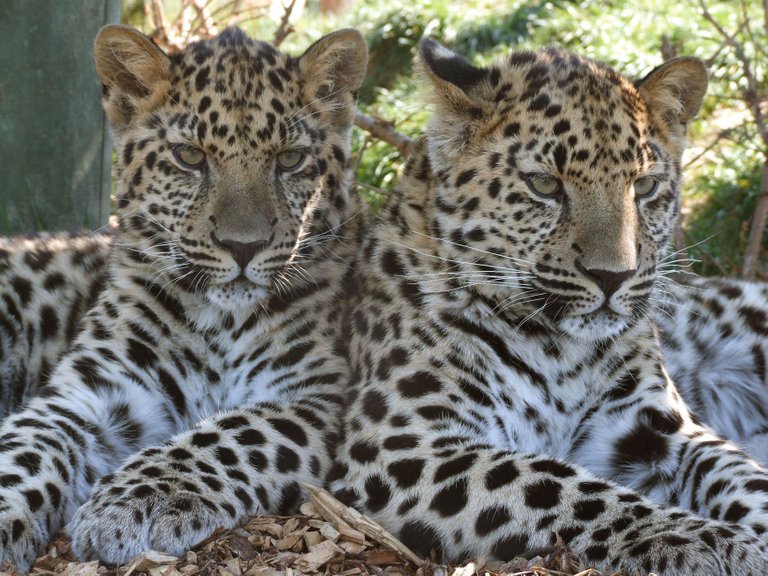
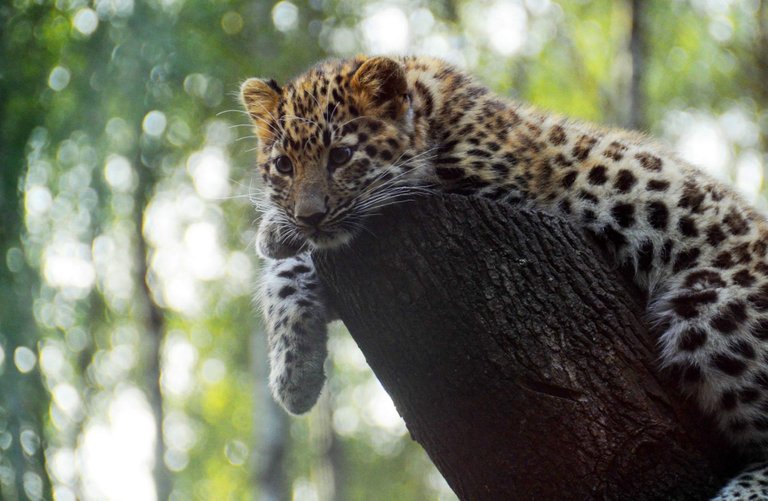
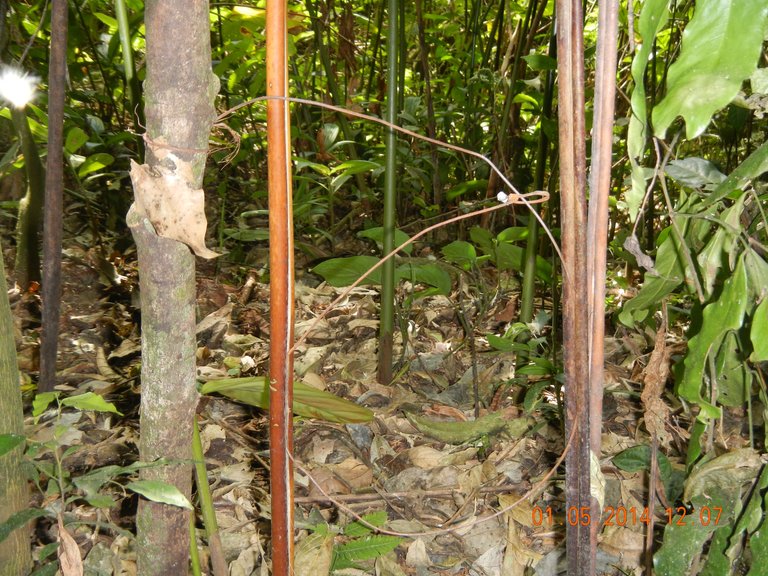
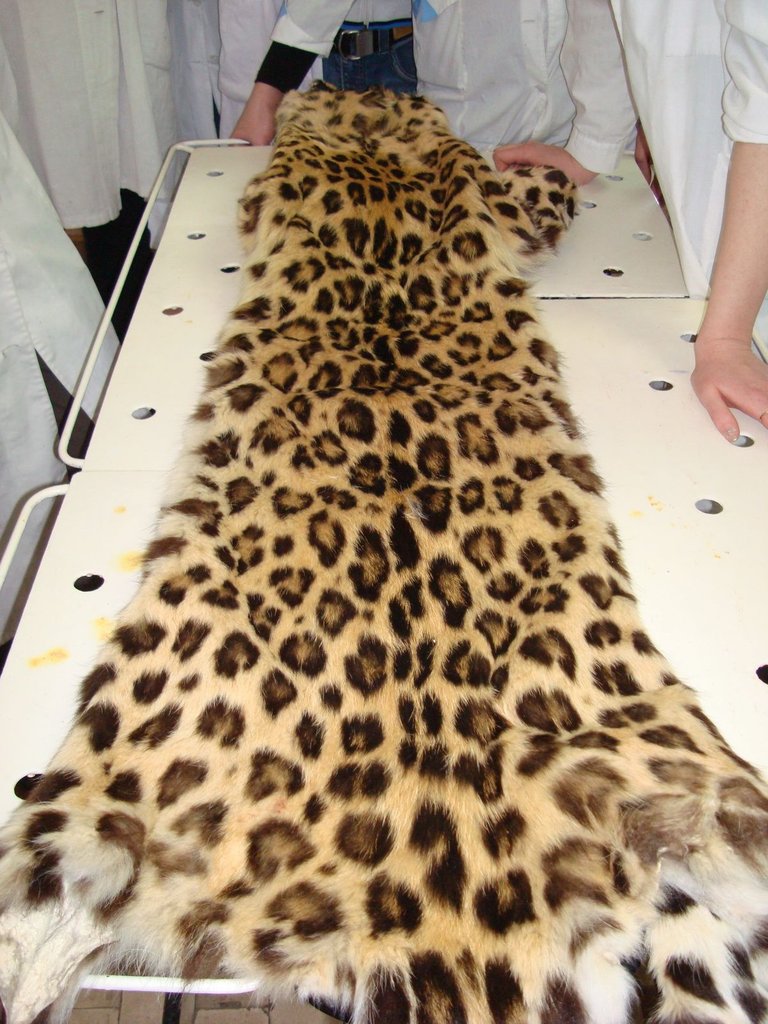


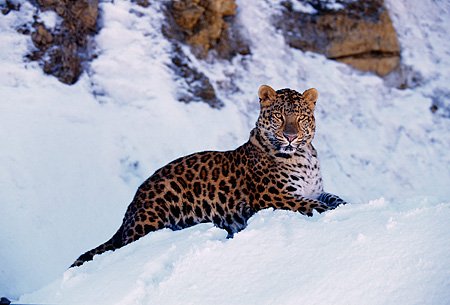
This post has received gratitude of 1.00 % from @jout
Are you seriously bragging about giving a 1% vote with only 5000 SP? What a fucking joke.
You got a 0.08% upvote from @postpromoter courtesy of @jout!
Resteemed to over 6400 followers and 100% upvoted. Thank you for using my service!
Send 0.100 Steem or 0.100 Steem Dollar and the URL in the memo to use the bot.
Read here how the bot from Berlin works.
@resteem.bot
@originalworks
To call @OriginalWorks, simply reply to any post with @originalworks or !originalworks in your message!
Beautiful species is a shame that is in danger of extinction, we must do everything possible so that this animal and others more in danger of disappearing, continue on our planet
Wow! @amavi, I so much enjoyed this post. So much interesting stuff on the amur leopard. The part that thrilled me the most was that they can survive without food for about 25 days!. I would love to know if there are leopards in Africa and of there are what are their specie?
Good work! Love it
Very Detailed and beautifully written. Hats off to you.
Such beautiful creatures, such a shame they're endangered :c